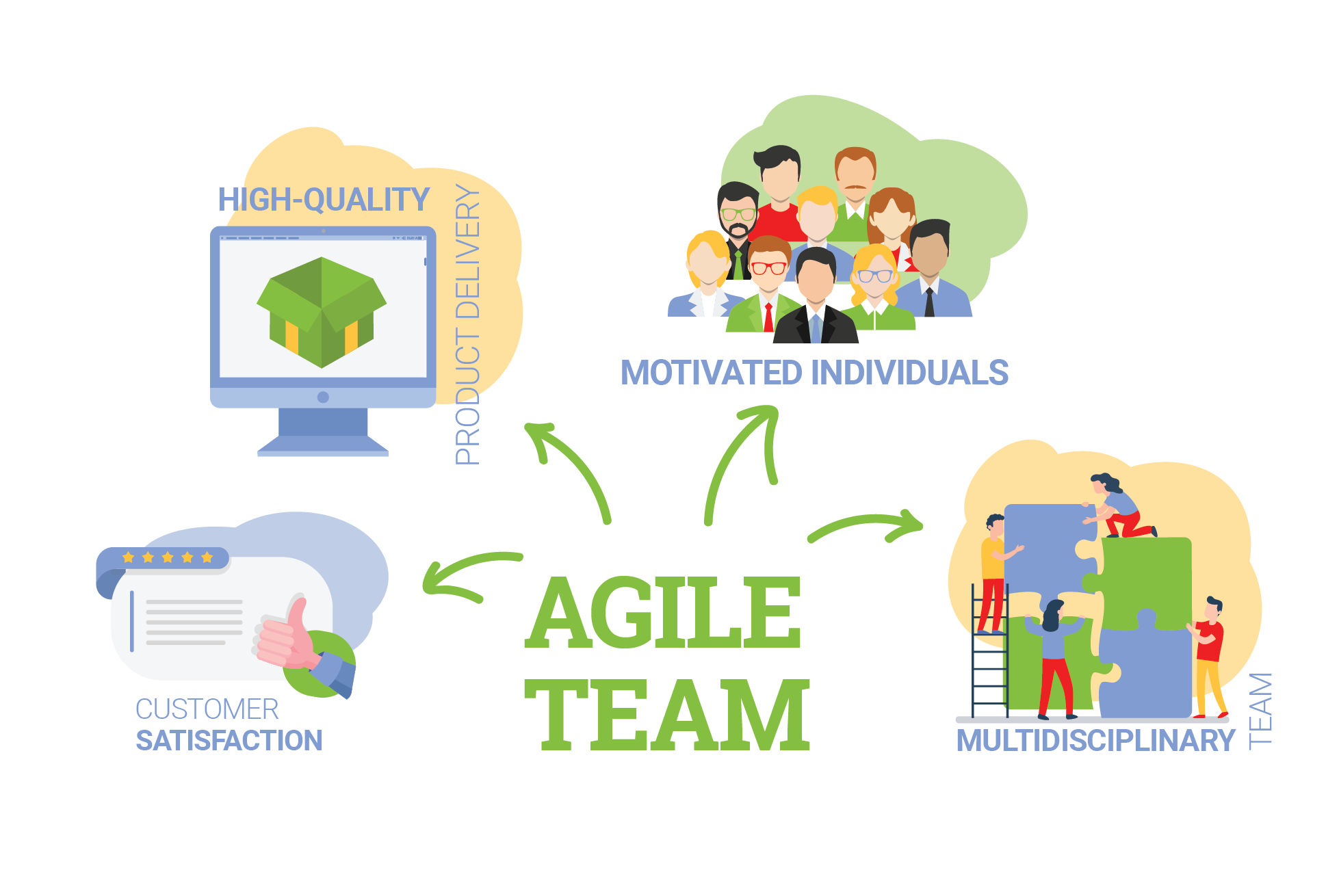Mastering Agile Design: A Guide to Reliable Product Development
페이지 정보

본문
Agile design refers to the repetitive process of item development, emphasizing adaptability, cooperation, and client comments throughout the entire cycle. This approach is particularly efficient for jobs that require consistent improvement and enhancement, as it permits teams to adapt to advancing demands and market needs rapidly.
 At its core, Agile design operates on a number of fundamental principles that set it apart from traditional style procedures. Rather of waiting until the end of the task to introduce a complete item, Agile style breaks the process into smaller pieces, providing practical models at each stage.
At its core, Agile design operates on a number of fundamental principles that set it apart from traditional style procedures. Rather of waiting until the end of the task to introduce a complete item, Agile style breaks the process into smaller pieces, providing practical models at each stage.
Adopting Active layout supplies many benefits. Among the most significant advantages is improved item high quality. By continuously testing and fine-tuning the product throughout its development, the chance of discovering and addressing prospective issues boosts. This repetitive procedure helps in reducing the threat of costly blunders or significant layout problems that might have been forgotten in a traditional growth cycle.
While Agile layout supplies lots of advantages, it's not without its obstacles. One common issue is taking care of stakeholder expectations. Because the process is iterative and may include frequent modifications, stakeholders might originally battle to comprehend the advancing nature of the task. To overcome this, reliable interaction is important to maintain all celebrations informed and straightened with the project's objectives.
By accepting Agile design thinking style, companies can remain competitive in an ever-changing market, delivering items that are not just functional but likewise straightened with user assumptions.
At its core, Agile layout runs on numerous essential principles that set it apart from typical layout processes. Instead of waiting till the end of the task to launch a full product, Agile style breaks the procedure right into smaller sized chunks, supplying useful models at each phase. Adopting Active layout uses countless benefits.
 At its core, Agile design operates on a number of fundamental principles that set it apart from traditional style procedures. Rather of waiting until the end of the task to introduce a complete item, Agile style breaks the process into smaller pieces, providing practical models at each stage.
At its core, Agile design operates on a number of fundamental principles that set it apart from traditional style procedures. Rather of waiting until the end of the task to introduce a complete item, Agile style breaks the process into smaller pieces, providing practical models at each stage.Adopting Active layout supplies many benefits. Among the most significant advantages is improved item high quality. By continuously testing and fine-tuning the product throughout its development, the chance of discovering and addressing prospective issues boosts. This repetitive procedure helps in reducing the threat of costly blunders or significant layout problems that might have been forgotten in a traditional growth cycle.
While Agile layout supplies lots of advantages, it's not without its obstacles. One common issue is taking care of stakeholder expectations. Because the process is iterative and may include frequent modifications, stakeholders might originally battle to comprehend the advancing nature of the task. To overcome this, reliable interaction is important to maintain all celebrations informed and straightened with the project's objectives.
By accepting Agile design thinking style, companies can remain competitive in an ever-changing market, delivering items that are not just functional but likewise straightened with user assumptions.
At its core, Agile layout runs on numerous essential principles that set it apart from typical layout processes. Instead of waiting till the end of the task to launch a full product, Agile style breaks the procedure right into smaller sized chunks, supplying useful models at each phase. Adopting Active layout uses countless benefits.
- 이전글經絡按摩證照 Methods For Rookies 24.11.14
- 다음글7 Things About Pragmatic Official Website You'll Kick Yourself For Not Knowing 24.11.14
댓글목록
등록된 댓글이 없습니다.